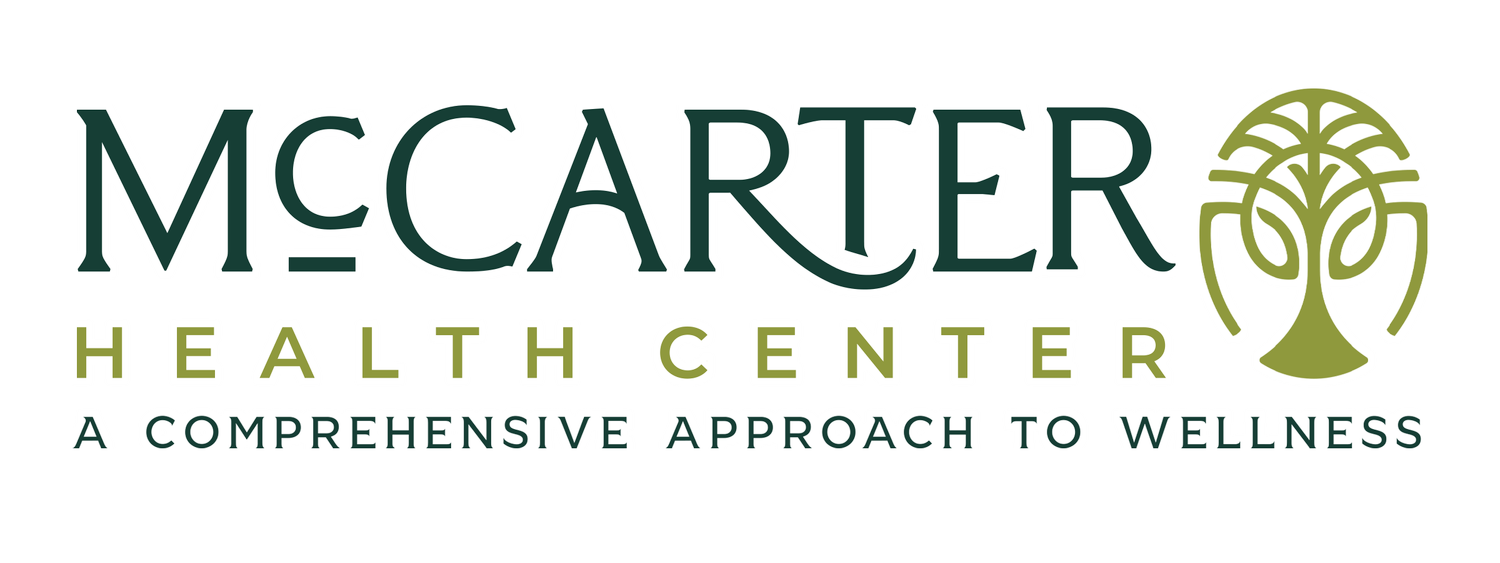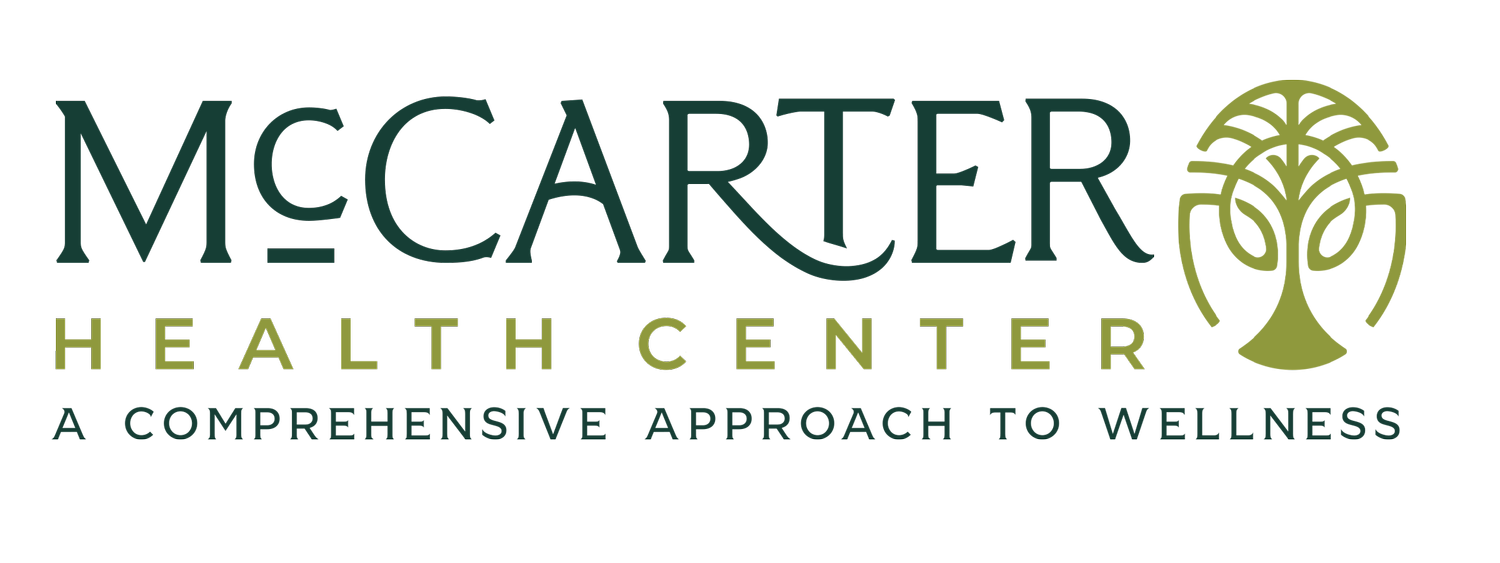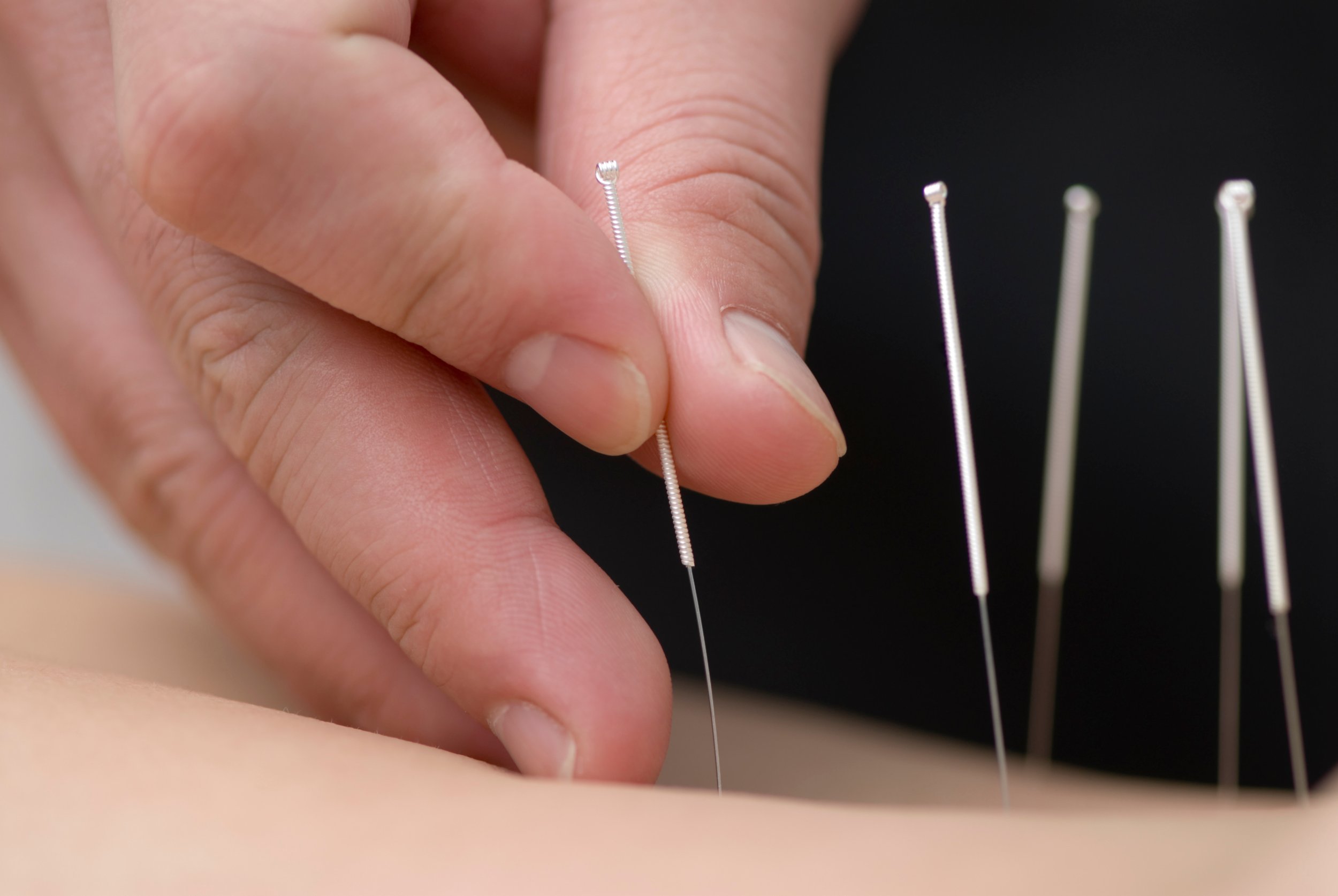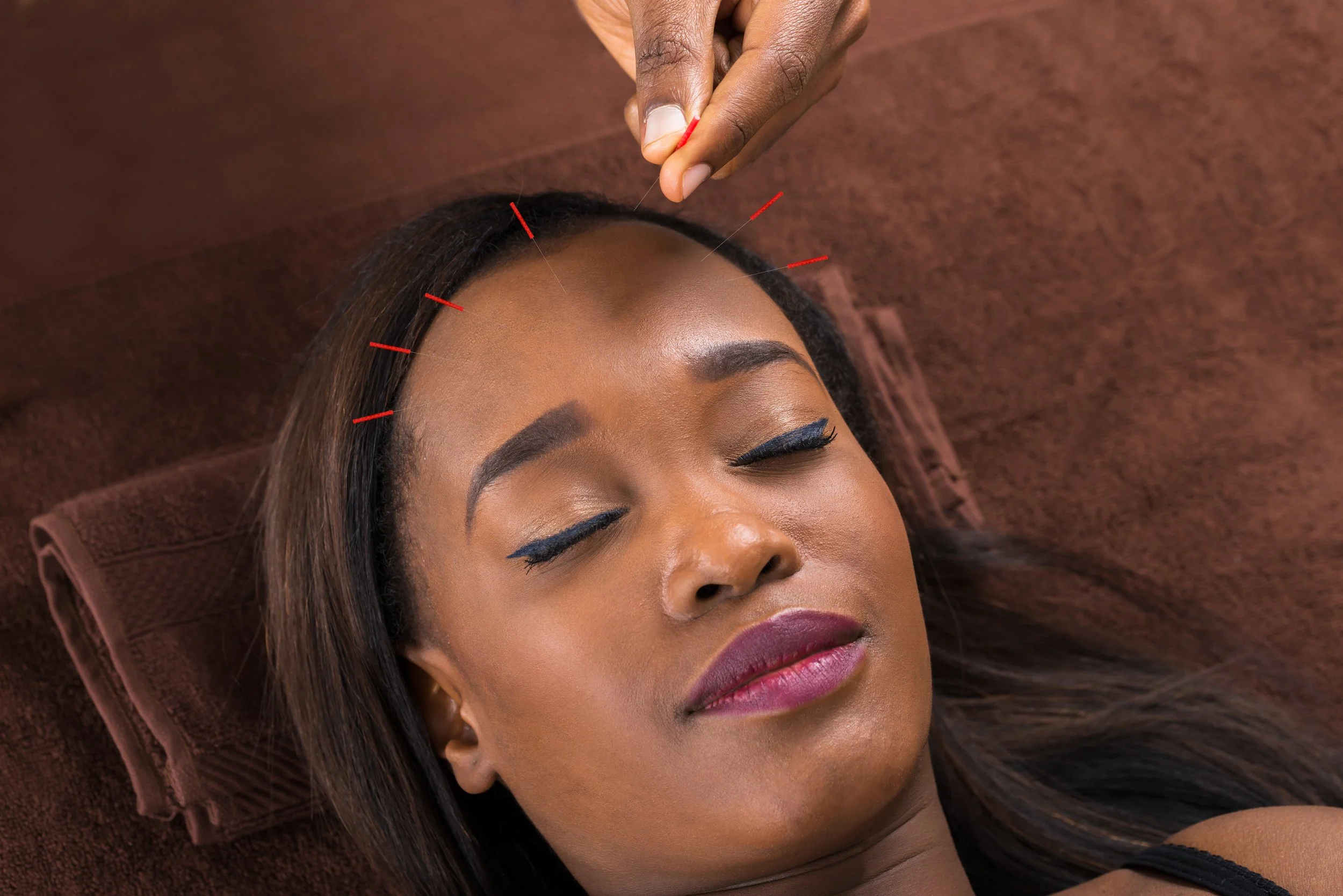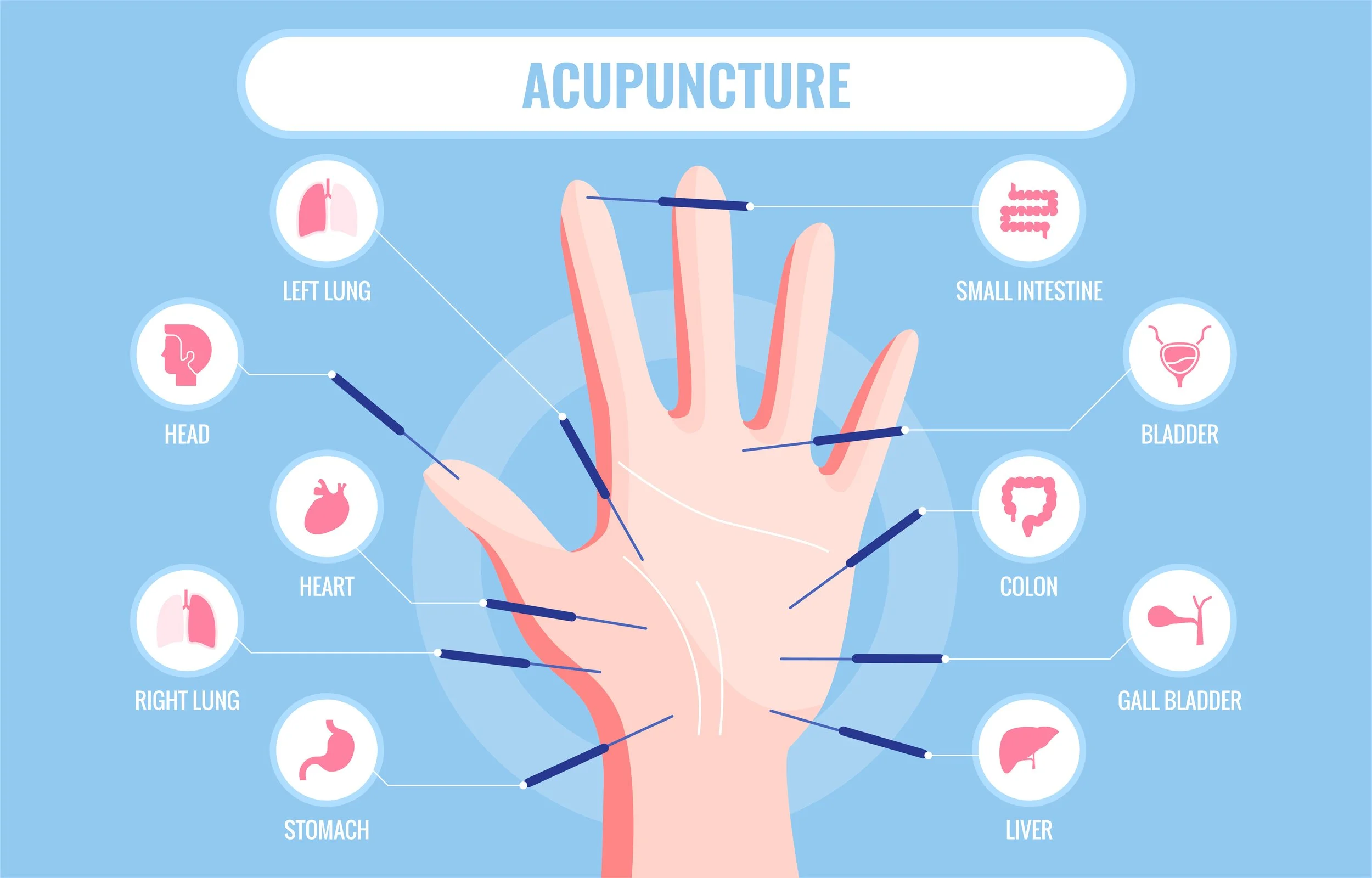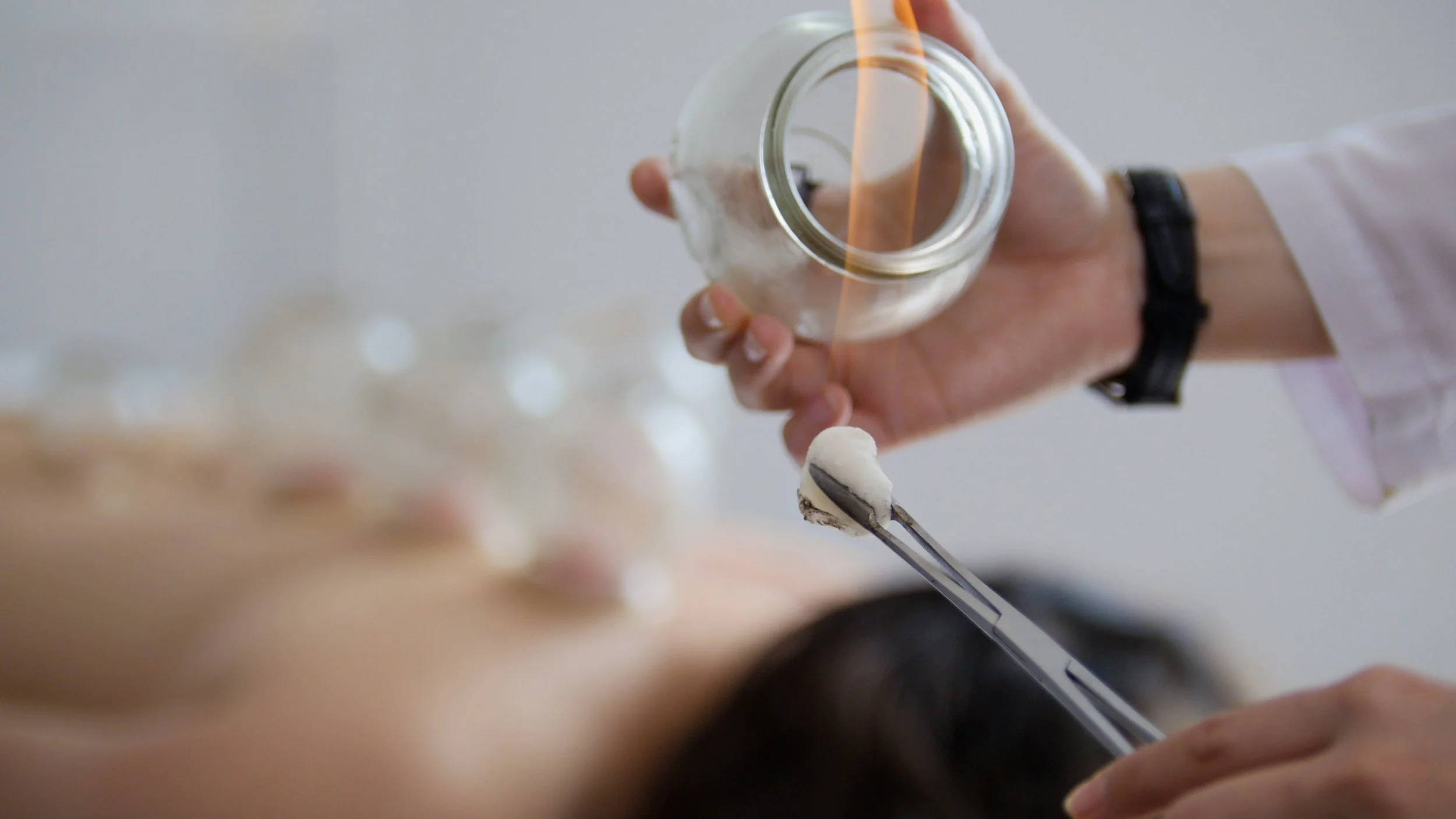Acupuncture
History of Acupuncture
Acupuncture grew out of ancient Chinese philosophy’s dualistic cosmic theory of the yin and the yang. The yin, the female principle, is passive and dark and is represented by the earth; the yang, the male principle, is active and light and is represented by the heavens. The forces of yin and yang act in the human body as they do throughout the natural universe as a whole. Disease or physical disharmony is caused by an imbalance or undue preponderance of these two forces in the body, and the goal of Chinese medicine is to bring the yin and the yang back into balance with each other, thus restoring the person to health.
An imbalance of yin and yang results in an obstruction of the life force, or qi (Pronounced ‘chee’), in the body. Qi is the body’s energy that prompts the body to release natural chemicals to fight illness and symptoms. Qi flows through 12 meridians, or pathways, in the body, each in turn associated with a major visceral organ (liver, kidney, etc.) and with a functional body system. Acupuncture is designed to affect the distribution of yin and yang in these channels so that the qi will be enabled to flow freely and harmoniously.
According to the principles of TCM, your Qi, or energy, must flow throughout your body so you can feel your best. When qi becomes stagnant in certain areas, it’s believed that health problems can occur.
Acupuncture is a form of Traditional Chinese Medicine, used for millennia, that uses very thin metal needles inserted into the skin to stimulate specific points on the body. Once inserted, the needles are activated through gentle manipulation by the practitioner's hand or electrostimulation. The goal is to help relieve health conditions or symptoms caused by underlying disease.
Our Acupuncturist provide treatment for:
Joint pain
Neck and Back pain
Headaches
Arthritis
Sciatica
Fibromyalgia
Insomnia
Grief
Anxiety/Depression
Nausea
Fertility
Menstrual pain and disorders
Hot Flashes
Obesity
Constipation/Diarrhea
Allergies
Asthma
Blood Pressure
If you have an ailment that isn’t on the list please contact us to see if we can help
Other Forms of Treatment Under the Acupuncture Umbrella:
Moxibustion- Moxibustion is often used to warm an acupuncture point. Moxa is typically in the form of a cone, stick or loose mugwort herb that is lit on fire and placed on the point by the practitioner which in turn will stimulate the and improve the movement of Qi. Moxa can also be placed on a slice of garlic, ginger or a pile of salt to elicit different effects.
Common Conditions treated with Moxa:
Pain due to injury or arthritis, especially in "cold" patterns where the pain naturally feels better with the application of heat
Digestive problems and irregular elimination
Gynecological and obstetrical conditions, including breech presentation in late term pregnancy
Protection against cold and flu strains
Practitioners often do both acupuncture and moxibustion in the same clinic session when appropriate to the diagnosis and treatment strategy. Practitioners believe that the therapies increase each other's effectiveness when used together.
Unlike acupuncture, which is almost always done by a trained practitioner in a clinic setting, moxibustion can be easily used at home. It is not uncommon for Chinese medical practitioners to train their patients to use moxa on themselves to strengthen the effect of the clinical sessions between appointments.
Cupping- Cupping has been used for thousands of years to ease back pain, neck pain, headaches and other problems. Cupping therapy involves creating a suction force to pull blood into the skin. Cupping causes bruising which will fade over time.
Suction from cupping draws fluid into the treated area. This suction force expands and breaks open tiny blood vessels (capillaries) under the skin. Your body treats the cupping area like an injury. It sends more blood to the area to stimulate the natural healing process.
Conditions cupping can treat:
Arthritis, including rheumatoid arthritis.
Back pain, neck pain, knee pain and shoulder pain.
Breathing problems, such as asthma.
Carpal tunnel syndrome.
Gastrointestinal disorders, such as irritable bowel disease (IBD).
Headaches and migraines.
High blood pressure (hypertension).
Gua Sha- Gua Sha is rooted in traditional Chinese medicine (TCM). With Gua Sha, a practitioner will use a smooth-edged tool to gently scrape areas of your body where there is inflammation or stagnant qi to help improve circulation and promote healing.
“Gua Sha is a very standard kind of treatment modality that most acupuncturists will use. Its meaning loosely translates to ‘scraping, rubbing or pushing.’ Essentially, gua sha is just a tool-assisted type of massage.”
Gua sha is gentle overall, and the intensity can build depending on the types of knots that your acupuncturist encounters.
What conditions can Gua Sha treat:
Tension headaches
Migraines
Neck pain
Back pain
Trigger point pain
Swelling in the body
Relieve muscle and joint pain
Improve immunity
Reduce inflammation
Improve lung quality
Fatigue
Insomnia
Anxiety
Perimenopausal symptoms
